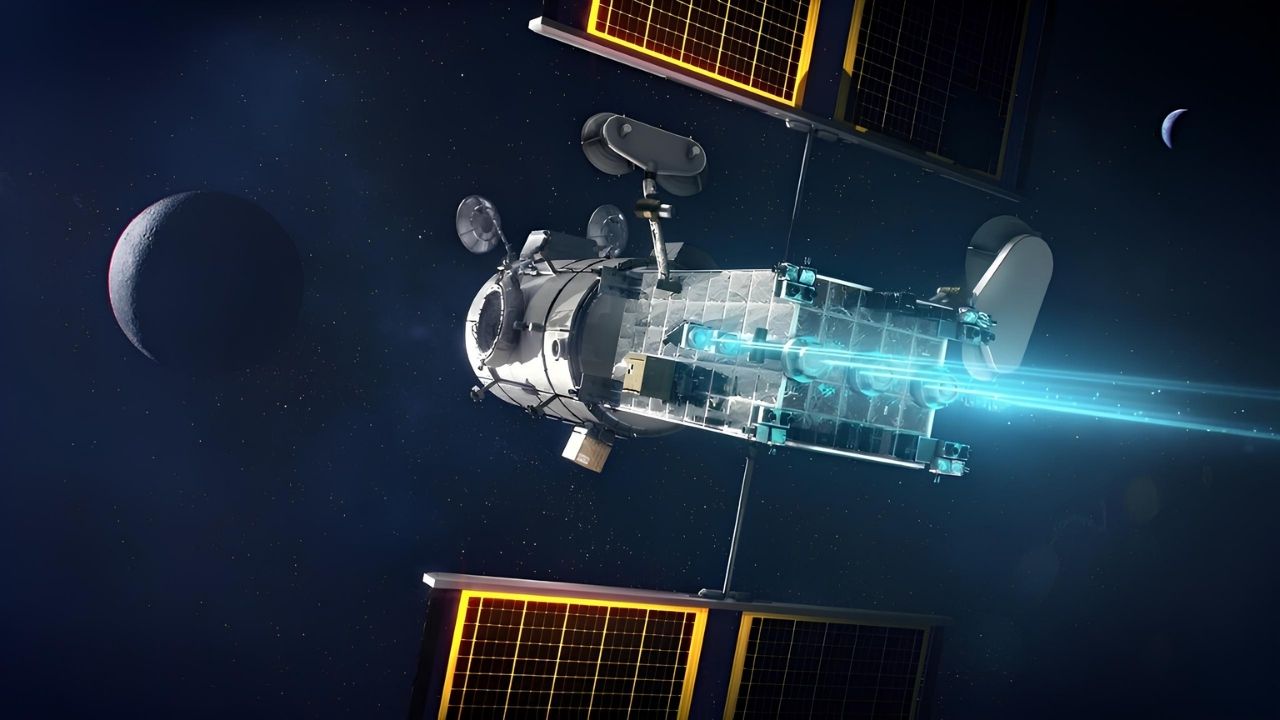
Propulsion is the force that moves objects forward. From rockets blasting into space to cars cruising on highways, propulsion powers our world. Ever wondered how a jet engine works or why ships use propellers? This blog dives into the fascinating world of propulsion, revealing 27 intriguing facts. You'll learn about different types of propulsion systems, their history, and how they shape our daily lives. Whether you're a science enthusiast or just curious, these facts will fuel your interest. Buckle up and get ready for a journey through the mechanics and marvels of propulsion!
What is Propulsion?
Propulsion is the force that moves objects forward. It’s used in everything from cars to rockets. Understanding propulsion helps us grasp how vehicles travel through air, water, and space.
- Propulsion comes from the Latin word "propellere," meaning to drive forward.
- Isaac Newton's third law of motion is key to propulsion: for every action, there's an equal and opposite reaction.
- Jet engines use propulsion by expelling gas at high speed to push the aircraft forward.
- Rocket engines work on the same principle but use combustion of fuel and oxidizer to create thrust.
- Propellers on boats and planes generate thrust by pushing against water or air.
Types of Propulsion Systems
Different vehicles use various propulsion systems. Each system has unique features and applications.
- Internal combustion engines power most cars and motorcycles by burning fuel inside the engine.
- Electric motors use electrical energy to create motion, commonly found in electric cars and trains.
- Hybrid engines combine internal combustion and electric motors for better fuel efficiency.
- Steam engines were among the first propulsion systems, using steam pressure to move pistons.
- Ion thrusters are used in space exploration, creating thrust by accelerating ions with electricity.
Historical Milestones in Propulsion
Propulsion technology has evolved significantly over time. Key milestones mark its development.
- The Wright brothers achieved the first powered flight in 1903 using a gasoline engine.
- Robert Goddard launched the first liquid-fueled rocket in 1926, paving the way for modern rocketry.
- The V-2 rocket, developed by Germany during WWII, was the first long-range guided ballistic missile.
- Sputnik 1, launched by the Soviet Union in 1957, was the first artificial satellite, using rocket propulsion.
- The Apollo missions used Saturn V rockets to propel astronauts to the moon.
Modern Propulsion Technologies
Today's propulsion technologies are more advanced and efficient. They enable faster and more sustainable travel.
- Turbojet engines are used in most commercial airliners, providing efficient high-speed travel.
- Scramjet engines can achieve hypersonic speeds, potentially revolutionizing air travel.
- Maglev trains use magnetic levitation to eliminate friction, allowing for incredibly fast and smooth travel.
- Solar sails harness the power of sunlight to propel spacecraft, offering a fuel-free propulsion method.
- Plasma propulsion systems, like the VASIMR engine, use ionized gas to create thrust for deep-space missions.
Environmental Impact of Propulsion
Propulsion systems impact the environment in various ways. Understanding these effects helps develop greener technologies.
- Combustion engines emit greenhouse gases, contributing to air pollution and climate change.
- Electric vehicles produce zero emissions during operation, reducing air pollution.
- Biofuels offer a renewable alternative to fossil fuels, potentially lowering carbon emissions.
- Hydrogen fuel cells generate electricity through a chemical reaction, emitting only water vapor.
- Nuclear propulsion in submarines and spacecraft provides long-lasting power but poses radiation risks.
Future of Propulsion
The future of propulsion looks promising with ongoing research and innovation. New technologies aim to make travel faster, safer, and more sustainable.
- Hyperloop systems propose near-vacuum tubes for ultra-fast ground travel.
- Antimatter propulsion could theoretically provide immense thrust, enabling interstellar travel.
The Final Countdown
Propulsion systems have shaped our world in ways we often take for granted. From the first steam engines to today's advanced rocket technology, these systems have powered our journey through history and into the future. They’ve made global travel possible, opened up space exploration, and even influenced how we design our cities. Understanding propulsion isn't just for engineers or scientists; it’s for anyone curious about how we move through our world. It’s fascinating to see how far we've come and imagine where we might go next. Whether it’s electric cars, hyperloops, or interstellar travel, the future of propulsion holds endless possibilities. So next time you hop on a plane or watch a rocket launch, remember the incredible technology making it all possible. Keep your eyes on the horizon; the journey of propulsion is far from over.
Was this page helpful?
Our commitment to delivering trustworthy and engaging content is at the heart of what we do. Each fact on our site is contributed by real users like you, bringing a wealth of diverse insights and information. To ensure the highest standards of accuracy and reliability, our dedicated editors meticulously review each submission. This process guarantees that the facts we share are not only fascinating but also credible. Trust in our commitment to quality and authenticity as you explore and learn with us.
